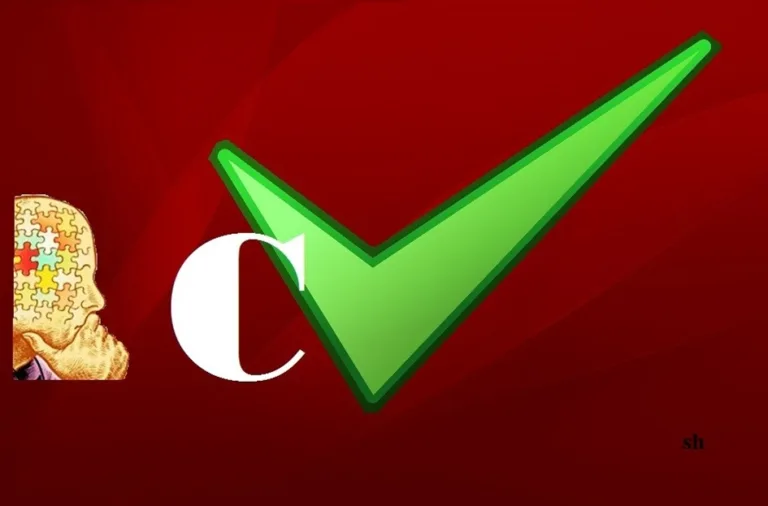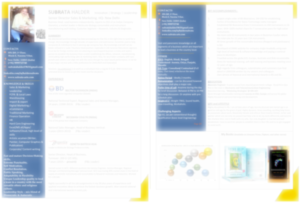Table of Contents

Crafting the Right CV: What Truly Matters
By Subrata Halder
Over the years, I’ve encountered many differing opinions on how to create the perfect CV. Through my experiences, observations, and interactions with professionals, I have formed a few perspectives of my own. Allow me to share my insights.
How Recruiters View Your CV
It’s often said that recruiters spend just 60 seconds reviewing a CV. Once, while speaking at a reputed state university, I posed a question to final-year students:
“Do you think it’s fair that recruiters spend only a minute on your CV?”
The response was unanimous: “Sir, that’s unfair. We spend hours crafting our CVs.”
I asked them to consider the recruiter’s side. With hundreds of CVs to review, is it practical to dedicate five minutes to each? Personally, I receive several dozen CVs every Friday. On average, I spend less than 30 seconds deciding whether a candidate is worth a deeper look. If they are, only then do I read the CV in detail.
The takeaway: Your CV must grab attention instantly. To do that, place key information—skills, relevant experience, notable achievements—on the first page, and ensure the layout is clean, structured, and easy to navigate.
What Recruiters Look For First
When I scan a CV, I focus on three main things:
• Current Location
• Work Experience
• Qualifications
Surprisingly, many CVs miss basic yet essential information like a complete address, or clarity on the current job location. Without this, candidates risk being overlooked.
A Suggested Structure for Your CV
Here’s a format I recommend, based on what works:
1. Name and Current Address
Place these right at the top. If your name is gender-neutral (like mine), consider indicating your gender, especially since certain roles or regions may have preferences.
2. Job Objective
Be specific. Mention the kind of role you’re looking for, and whether you’re open to relocation. Avoid vague phrases like: “Seeking a challenging opportunity…”—they’ve lost all meaning.
3. Experience
List your latest job first. Emphasize:
• Achievements
• Milestones
• Product handled
• Customer segments (especially important for Sales & Marketing)
Generic job descriptions (JD) can be skipped—they’re usually the same everywhere. Focus on what makes you unique.
4. Qualifications
Start with your highest degree and work backwards. Include:
• Year of completion
• Subjects of expertise
This helps recruiters quickly gauge your academic background.
5. CTC (Compensation)
Leave it out. Your current salary doesn’t always reflect your market worth—and luck plays a role too. Discuss this only if asked later.
Formatting Guidelines
To enhance readability and impact, use a two-column layout:
• Left Column (Narrow)
Include:
o Professional photo (top-left), It is not necessarily a passport type but a sober picture.
o Contact details
o Address
o Skills
o Languages
o Preferred location
o Hobbies
• Right Column (Wide)
This is your main space:
o Job objective (as discussed)
o Work experience
o Academic qualifications
Make sure this column answers the big question:
“Why should we consider you for this role?”
Presentation Matters
• Photograph: Place a professional headshot in the top-left corner. It helps recruiters remember standout candidates.
• Font: Use 11-point size, preferably Calibri or Arial.
• Colors: Stick to black and white. A colorful CV looks unprofessional.
• Headings: Use bold text to separate sections.
• Length: Keep your CV to two pages. One-page CVs may feel rushed or lacking. Too many pages, on the other hand, are rarely read.
Can make it specific than random:
When applying for a specific job, it’s beneficial to tailor your opening statement using relevant keywords that reflect your enthusiasm and suitability for the role. Adding a brief sentence expressing interest can strengthen your application.
For instance, if applying for a research or laboratory position, mentioning qualities like being research-driven or innovative-minded can highlight your passion for discovery. Similarly, for sales and marketing roles, phrases like enthusiastic about travel and meeting people can emphasize your suitability for dynamic, client-facing environments.
Additionally, referencing the organization’s name can create a personal touch, showing genuine interest in their work. This approach reassures recruiters that your application is intentional and not sent at random.
On Following Up
Don’t expect replies from every recruiter. But a polite follow-up, once via email or phone, is not just acceptable; it’s often appreciated.
If a recruiter responds negatively after your first follow-up, consider it a blessing, you may have just avoided a rigid work culture or bad boss. Conversely, if an organization responds positively only after repeated nudges, it may indicate inefficiencies in their decision-making process.
That said, when someone follows up with me, I see it as a mark of sincerity. Such candidates often show the same commitment on the job.
Most Important
This one thing can damage your entire opportunity. Recruiters do not even open your mail or Cv as you showcase enough that you are not a sincere person or may have less intellect. What’s that. The CV file name and the mail subject line. I shockingly find many CVs with file name, ‘Scan 001, ‘CV modified’ also the subject line like ‘CV’, ‘apply’ or no subject line.
What is right?:
Your file name should be – CV-Your name-Position. You can write ‘resume’ etc also in place of CV. You can also put a date when CV made/modified last, which is even better, you can avoid position but it is better if you have clarity or are applying against a specific AD.
Your mail subject line should be something like, Application for the post of… (your name)
Final Thought:
Your CV is more than a document—it’s your first impression. A well-crafted CV can open doors and initiate meaningful conversations. But more importantly, it should help you find the right opportunity where your skills and values truly belong.

How it should look: I never applied with a CV after the initial few years, but created one for this article’s purpose to show the structure only (though I blurred the information). In this CV, I mentioned the QR code of my website so one can directly scan and enter into my website. You can do so if you have something unique to showcase, like this, but at least you should add the link of your LINKEDIN profile.
— Subrata Halder —
